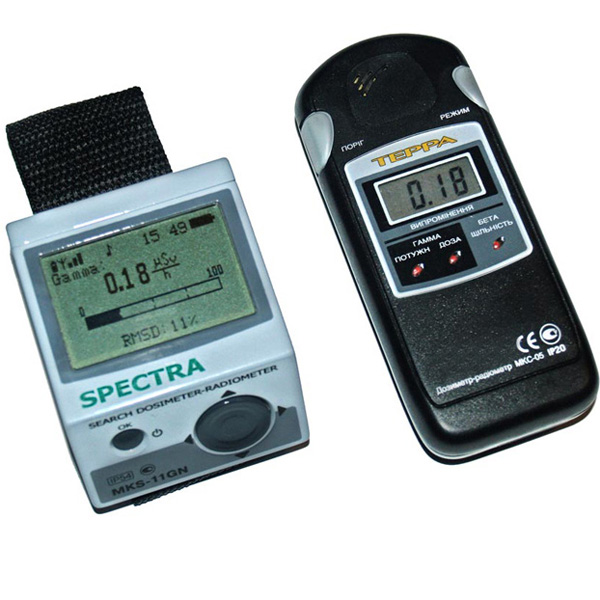The counting characteristic of the radiation detector is the dependence of the frequency of recorded radiation detector pulses on the voltage supplied to the radiation detector. It is characterized by the following parameters: the length of the plateau and its slope. The plateau of the counting characteristic is the voltage interval within which the frequency of pulses from radiation of constant intensity varies insignificantly.
The counting characteristic of the radiation detector is expressed by the following characteristics: voltage of the beginning of counting V0; voltage of the beginning of the plateau V1; plateau termination voltage V2; the length of the plateau V2 - V1; counter operating voltage VР, selected in the middle of the plateau. The plateau slope is expressed as a percentage of the count change over the 100 volt voltage range relative to the count at operating voltage.
h = e S Detector resolution time t is the minimum time interval between two separately recorded pulses. Sometimes, instead of the t value, the value Nmax is given - the maximum frequency or maximum detector load
